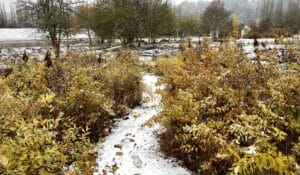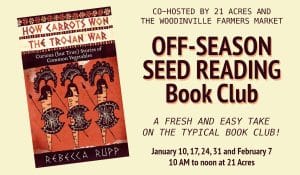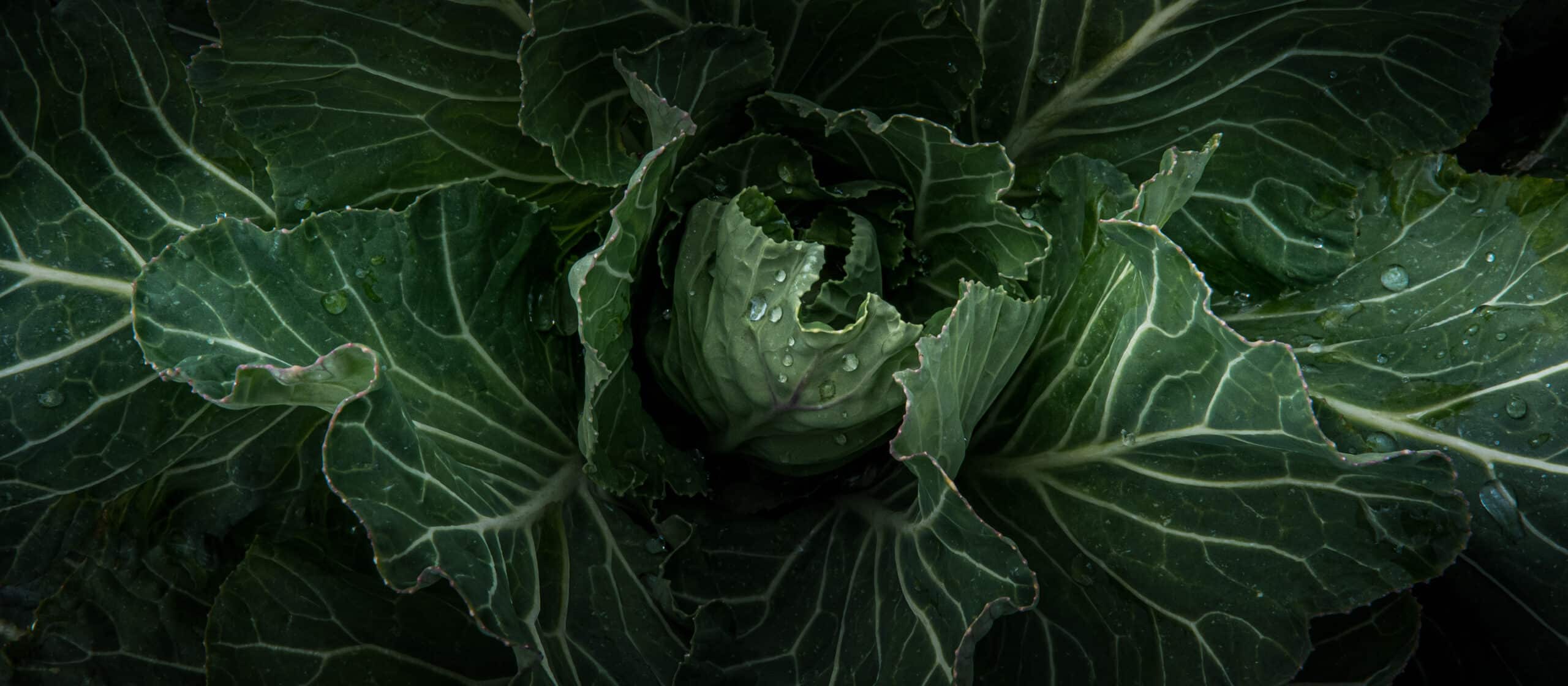
Featured Farm: Blue Glass
Featured Farm: Blue Glass
- posted on: July 1, 2023
- posted by: Val McKinley
"*" indicates required fields

This article was written by 21 Acres Farm Market Team Member, Jen Horner. Jen was raised on a farm in Iowa and loves growing and eating vegetables. Photos courtesy of Blue Glass Farm.
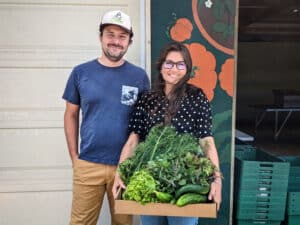
If you are a fan of The Lost Kitchen like I am, you should acquaint yourself with our next featured farm: Blue Glass Farm, one of our area’s best sources for gorgeous, organically grown edible flowers, as well as a variety of unusual produce and cut flowers. Owners Alex Swidergal and Tyler Morgan created Blue Glass Farm in 2022, after completing Viva Farms’ Practicum in Sustainable Agriculture. Blue Glass is one of our neighbor farms to the south here in the Sammamish Valley of Woodinville.
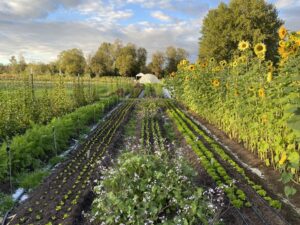
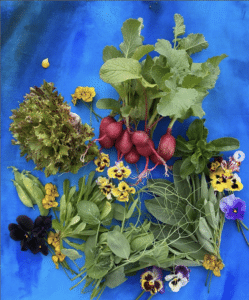
In addition, Alex will be offering a “Farm to Vase Centerpiece” class here at 21 Acres on Saturday, July 29th. You will have the opportunity to visit Blue Glass Farm (a short walk from 21 Acres) and create a lovely floral arrangement using locally grown flowers. Alex has been growing cut flowers since 2017 and will answer all your questions on growing and designing with PNW blooms. Buying flowers from farmers supports pollinators and the local food economy and spreads botanical whimsy at your table, so sign-up now!
I asked Tyler and Alex a few questions – read their fascinating answers below, followed by a delicious recipe.
Q: Any chance you know what unfamiliar produce you might have to offer us next week, something most people aren’t necessarily too familiar with?
A: People have been stoked about the radish pods this year. They’re sort of like green beans with a radish flavor. They make a killer addition to stir-fries and fried rice.
Amaranth Leaf – I know you guys have carried it before and ours are just ready for harvest. It’s a great addition to salads and braised greens and soups.
Edible Flowers:
- We will have enough variety to do a little mixed flower container that would make a fun addition to cheese plates, deserts, salads etc.
- Borage – Tastes like cucumber and seaweed
- Pansies – Mild lettucy/minty taste
- Scarlet Runners – Mildly sweet, pea-like flavor
- Petunias – Strong scent of cherry with a mild sweetness
- Stock – Lovely sweet floral smell with a sweet kohlrabi flavor
- Nasturtiums – Intense sweet peppery flavor
Q: Tell us about your journey into farming.
A: We have both had our eyes on farming for a long time for largely different reasons. Alex loves plants. She has a degree in biology with an emphasis in plant science and a master’s in sustainable farm management. She would garden all the time if she could and love every minute of it. Tyler was largely drawn to farming because he wants to find ways to fix the many broken systems that surround the way we eat. He thinks that hopefully, small intensive farms that sell hyperlocal food are part of the solution.
Both of us love eating food and feeding people. Nothing is quite as magical as seeing someone’s face light up when they try something for the first time that they just vibe with.
Q: What is Blue Glass Farm’s mission?
A: Our mission is to produce a ridiculously large amount of high-quality produce off of really limited acreage all while leaving the land and community we operate in better off through our operation.
Q: What are some of the biggest challenges you face as a farm operation?
A: There are a lot! Land access is probably the first big thing. We currently operate on half an acre of land that is graciously leased to us by Viva Farms. We had been looking for a way to farm for about 5 years before this opportunity came along. As grateful as we are for the opportunity to lease the land, it would be amazing to be able to buy small acreage here in the Sammamish Valley that we could invest time and love in for the long haul, but the development pressure on agricultural land in the valley is real, so it’s hard to find acreage that’s available, much less at a reasonable price.
All farms struggle with weather, pests, and disease in their own way, but the fact that we are growing over 200 varieties of about 80 different crops in such a tiny space takes things to a whole new level. Most farms with hundreds of acres don’t even come close to touching the kind of variety we strive for.
We operate under all the standards that would be required of an organic farm and then exceed them. We will never use herbicides, and so far we have been able to avoid using any pesticides, even if they are approved for use in organic operations. Achieving that requires a lot of management practices that make things difficult and sometimes decrease our yields, but we think it’s worth it to protect our community.
Q: What are you known for or what would you like to be known for?
A: People seem to like the way we farm. We use a method called deep mulching that involves planting directly into a thick layer of compost. This provides weed suppression and sustainable nutrition without having to degrade the quality of the existing soil. It also makes the farm very pretty. It’s such a beautiful place to spend time. We love when folks reach out to visit.
For people who eat a lot of grocery store produce, the first thing that stands out is the sheer difference in the quality of what we sell. We pick varieties that are bred to taste amazing. We can grow them to their peak flavor, because we don’t have to worry about shipping them across the country and consumers get longer shelf lives because the product they get is so fresh.
For folks that are already eating good local produce, we try to offer a little bit of variety and whimsy. We carry oddballs like Malabar Spinach and edible petunias, and even with the “normal” crops we grow, like tomatoes and zucchinis, we strive to mix in some varieties that people may not be familiar with but have culinary and/or cultural merit that traditional growers miss. Nothing excites us like seeing some seed grower that’s been doing their thing for 40 years step out with a seed and say “This is the one that people need to try”.
Q: What new projects are happening this season?
A: We doubled in size this year. Last year we started on a quarter acre, and this year we had the opportunity to expand and double that. It gave us a huge opportunity to beef up the amount of customer favorites from last year, like cucumbers and tomatoes, as well as add in about 70 varieties of edible flowers that Alex has been dreaming of for a long time.
Finding compost at the quality we want has been difficult, so this year we started an on-farm composting program to try and meet some of our own needs with material that’s already coming off of the farm. You would be surprised how much plastic shows up even in certified organic compost, and there is a lot of worry these days about persistent herbicides that make their way into compost systems through plant waste and manures. We want to be able to feed our customers the healthiest produce, and if that means we need to go the extra mile and produce our own compost, we’re willing to take that on.
At the end of last year, we fired up an online store to give our customers an opportunity to buy directly from us with options to do on-farm pickup and delivery. We are still ironing out the logistics based on what we learned last year, but we’re stoked to open that back up this summer.
Q: What is something you grow that you are excited about and how do you prepare it?
A: This is going to sound lame but lettuce. Like, who is excited about lettuce? It’s simultaneously incredibly popular and almost completely overlooked as a source of delight. Americans eat about four billion pounds of the stuff and it’s almost all just kind of meh. We picked a bunch of different varieties to grow this year and some of them have absolutely blown us away with how flavorful they are. The textures are so different and the leaves have such striking coloring. Tyler is on a crusade to convince people that they should stop buying bagged lettuce and opt for heads instead. Whole heads last longer — sometimes almost a month if stored properly — and you get way more food for your money. It takes a little extra effort from consumers, but it cuts way down on plastic and food waste.
We mostly eat lettuce in salads, but I’ve had some absolutely killer Chinese stir-fried lettuce that I can’t for the life of me replicate, so if anyone has a good recipe let us know!
Q: Do you have any recipes to share?
A: I’ve got one recipe for Prune Vinaigrette and a fun trick, both inspired by Gabrielle Hamilton’s Prune:
As you can imagine, we eat A LOT of vegetables and don’t have a lot of time to cook them, so our go-to dinner is a garden salad – and the key to any salad is a great dressing. We keep a tub of Gabrielle’s Prune Vinaigrette in our fridge and go through it over a couple of weeks. We modified the recipe a bit to fit our tastes and added a few tricks that allow us to make it faster and easier without cutting the quality. The reason I like this so much is you can put this on any fresh vegetables and it’s going to be a good time. It also makes a fabulous marinade for the grill. Here’s the recipe:
Combine these ingredients in a tall vessel like a quart mason jar in this order:
- 2 cloves of garlic
- 1/8 c (30 ml) of dijon mustard (Golden’s if you have it)
- 1/4 c (60 ml) of red wine vinegar
- 1 1/2 c (150 ml) of olive oil
- 1 c (100ml) vegetable oil
- salt and pepper to taste (I go with a three-finger pinch, which is about 1 tsp and 10 cranks of a pepper grinder).
Stick an immersion blender into the mixture all of the way to the bottom. Start blending at the bottom and slowly pull the blender up to incorporate more and more of the oil. This helps get the dressing thick and creamy. If the dressing is too thick, add 1 teaspoon of water at a time until it has the consistency you want.
If you don’t have an immersion blender, you can use a normal blender. In this case, you want to combine all of the ingredients except the olive oil, blend them, then slowly add the oil as the blender is running. This method is more likely to make the oil and vinegar separate and risks making a mess if you’re not careful.
P.S. You should buy an immersion blender. It might be the best $20 you’ll spend in the kitchen. In addition to being great for salad dressing, you can blend soups right on the stove and make smoothies right in the cup.
This one’s more of a trick than a recipe, but if you don’t know what to do with a vegetable, boil it in water that’s as salty as the sea until it is just tender. Pull it out and run it under cool water for a few seconds to stop it from overcooking then dress it with good olive oil while it’s still warm. It’s never led me astray.
Pro Tip: Do this with the stem ends of zucchini (yeah, the ones that most people throw away) and they have a ridiculously tasty artichoke flavor.










 back to blog overview
back to blog overview


